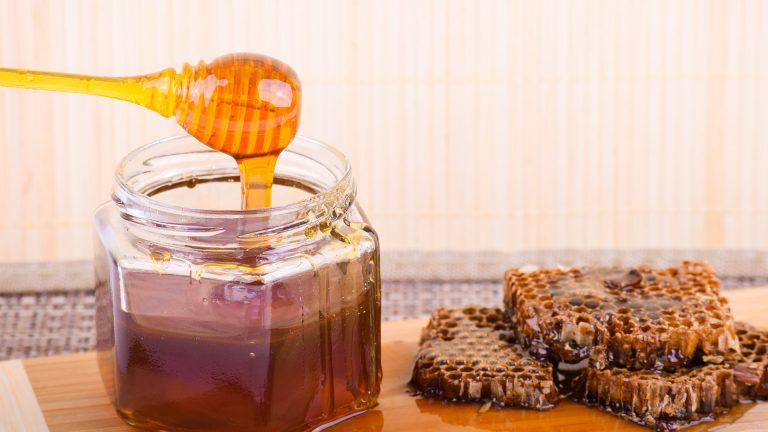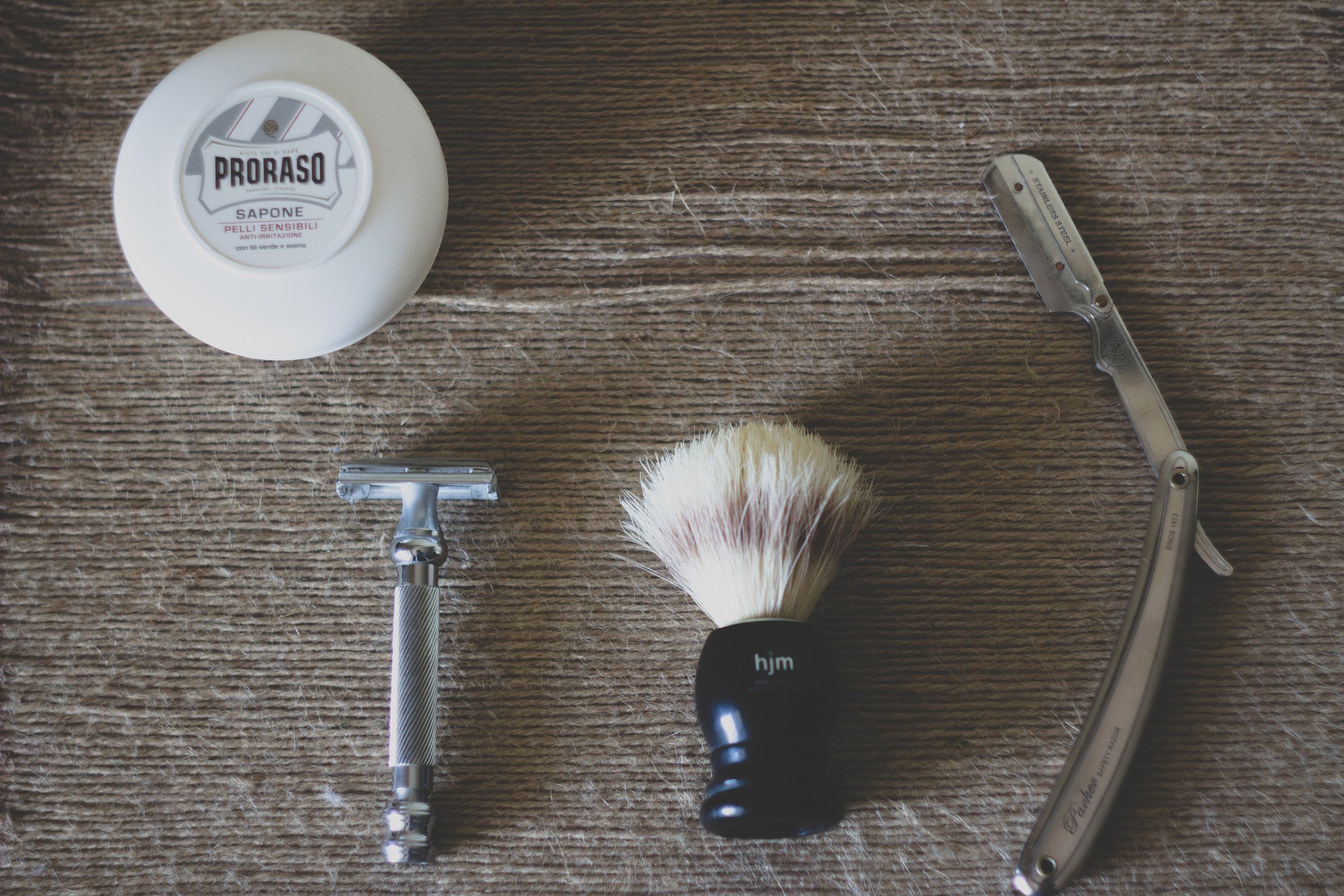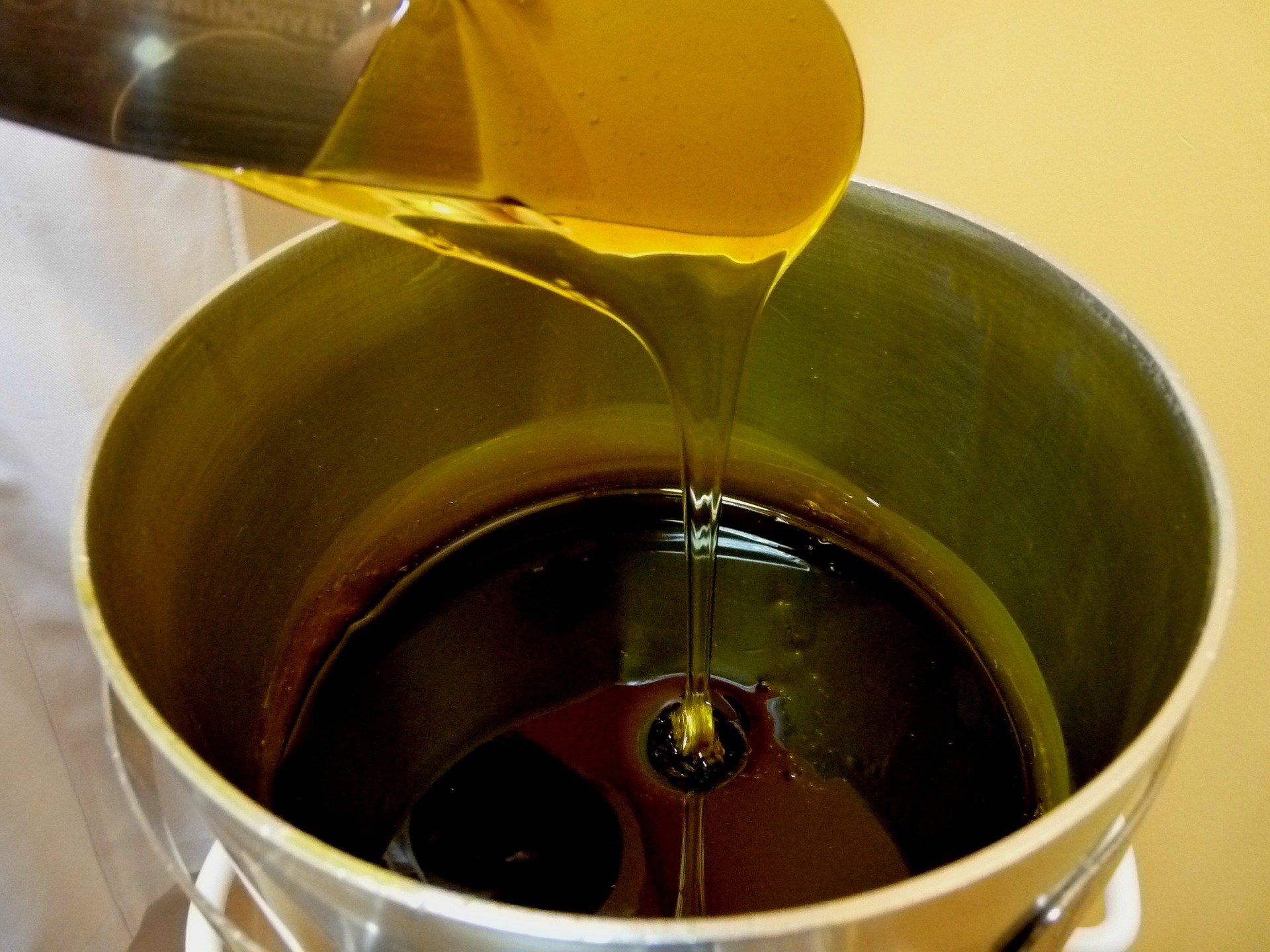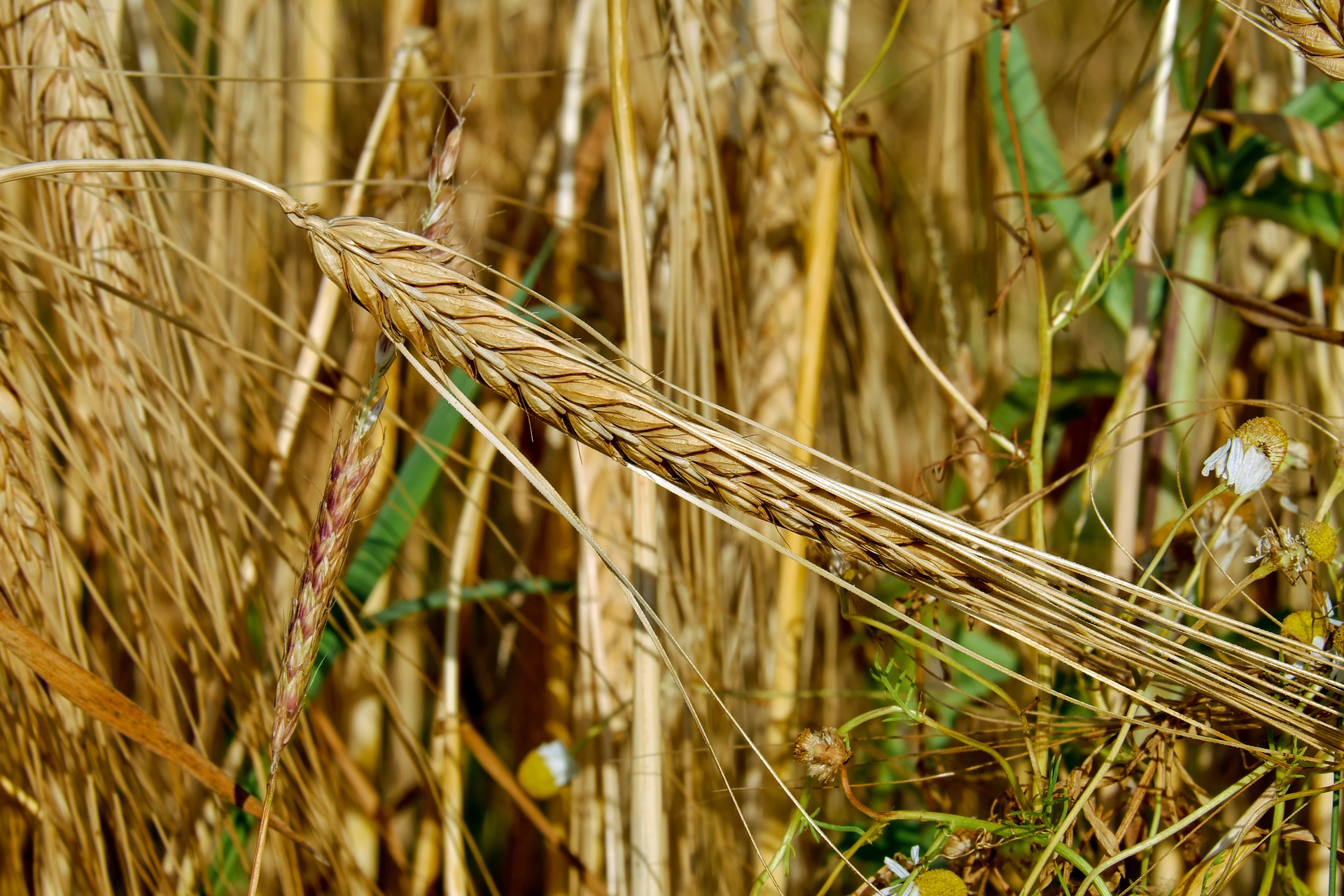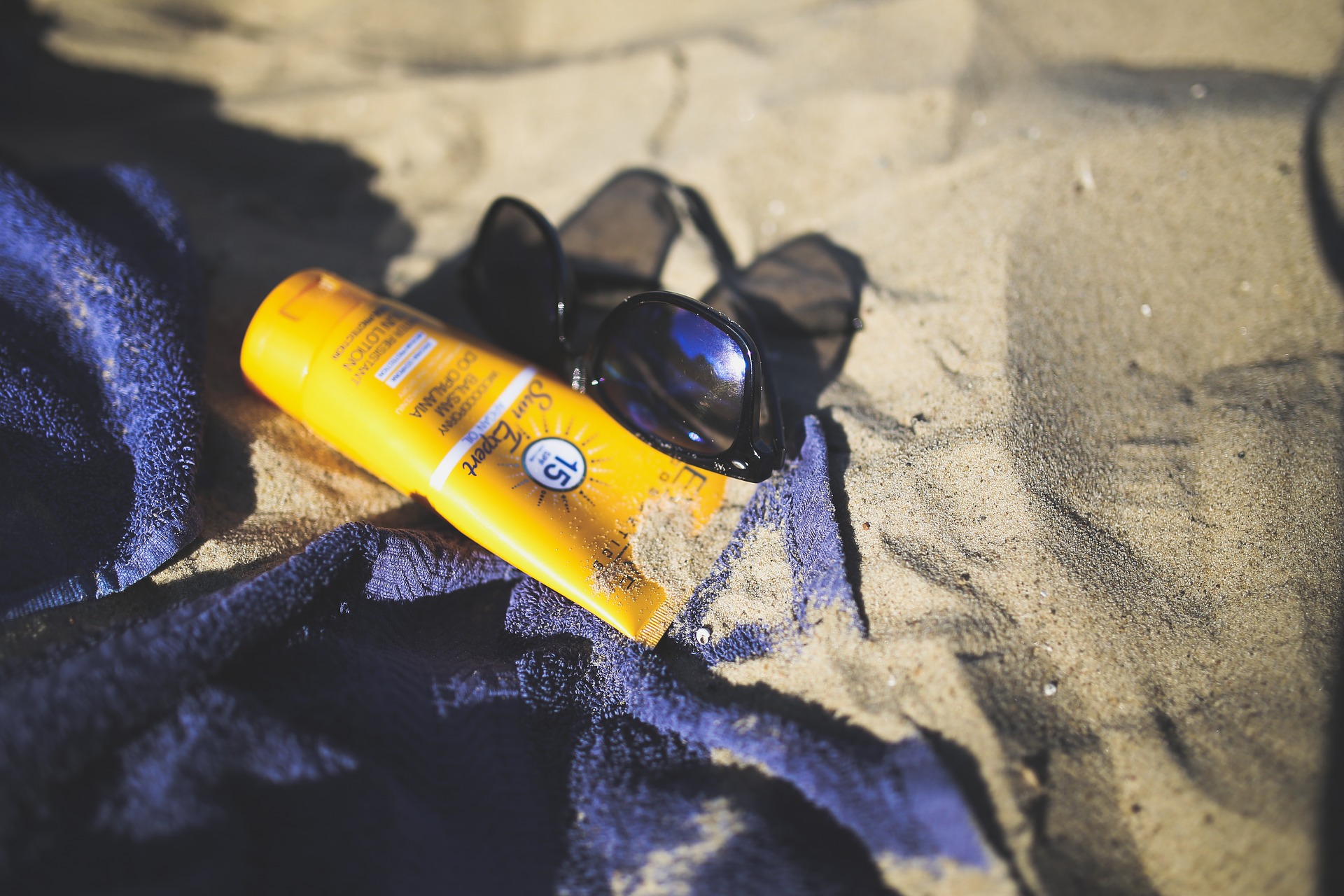Last night my daughter woke up in the middle of the night with a very dry cough. She came into my bed to snuggle up but kept coughing. I felt really helpless because all I could do for her at that moment was to comfort her so she could go back to sleep. After a few minutes of not-sleeping and more coughing, I got up and got her a glass of water and a spoon of honey. She first drank some water and then happily ate the honey. Within minutes of her taking the spoon, the coughing got less and she was able to get back to sleep. And that reminded me again of how awesome honey is, especially when you have a cold.
What honey is and what it isn’t
The question of what honey is might be redundant but yet I feel like there is a lot to be said here when it comes to real versus not-so-real or natural/raw honey versus everything else.
The difference between the two is substantial. Natural and raw honey is exactly what the bees produce from the nectar they collect. It’s meant to be the food for their larva during winter.
Not-so-real or plain fake ‘honey’ can look something like this:
To get one misunderstanding out of the way first: this ‘honey’ is still totally edible and not bad for you per se.
However, some of the beneficial properties for colds and wound healing could be lost.
The honey I’m talking about here is natural and pure from a beekeeper I know personally. The bees live around 15 km from our house so I’m going to claim that it’s local as well.
Some benefits of natural honey
Honey is, first and foremost, a good anti-microbial agent which prevents infections from spreading and it can speed up the healing process. These properties have been known to mankind for centuries.
Aside from the wound healing properties, raw honey can aid people with severe symptoms of hayfever to adapt to local pollen. The key here is, however, that it is local so that the bees will have collected local pollen and nectar of flowers which can trigger allergy symptoms.
And, honey can also be more effective than cough syrup in children over the age of one.
Ayurvedic medicine lists even more potential benefits, from reducing stress to fighting obesity. Even though not all of these uses are confirmed as being effective, there is generally no harm in trying.
How to use it
The most effective use in any of the above areas is straight, on a spoon or onto the affected skin.
However, I also know that too much of it can be too sweet and it can make me feel nauseous. So, another way of having honey is in combination with some other brilliant home remedies against colds: chamomile, lemon, and ginger. I personally love chamomile tea so that’s my go-to drink when I feel under the weather. Some hot water with lemon and honey or with lemon, ginger and honey will also go a long way. The only problem for me is that I can’t grow ginger or lemons at home but I do have chamomile in the garden.
The above mentioned Ayurvedic medicine lists a lot more uses. Just be aware, that all of them work with cold honey. If it is used in baking or cooking, it might lose some of its properties.
Last but not least I want to pass on one piece of advice: buy local honey. Not only will you be sure to get a raw and natural product but you will also support a local beekeeper and thus help to keep the bee population colourful.
